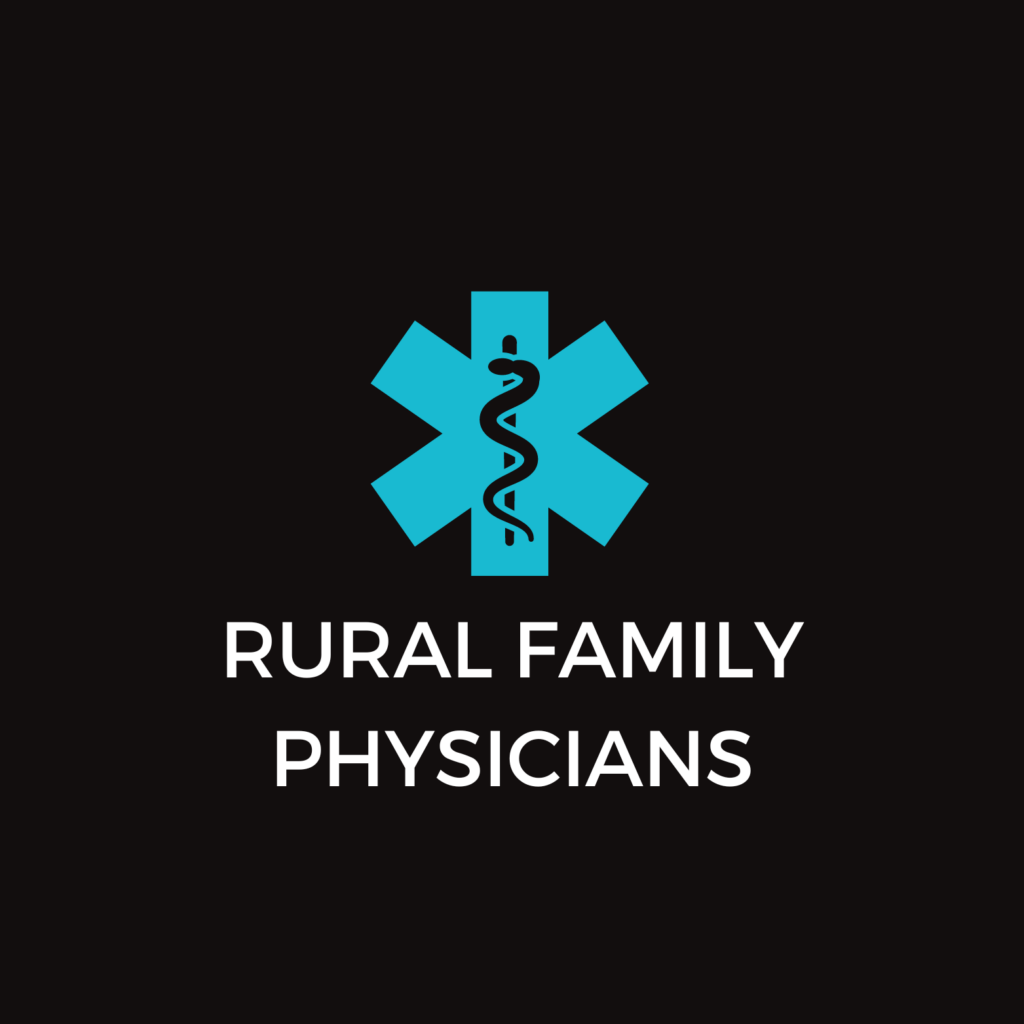An E-Quality Update from Kaiser Permanente
by Ted Epperly, MD, and Dana Hamilton, RHIT
All of us in the medical community face challenges as we implement more integrated and coordinated patient-centered care for our patients, but perhaps none more than primary care physicians. The Patient-Centered Medical Home — coupled with health information technology — is proving to be a successful model that allows physicians to provide comprehensive primary care in communities across the country. Similar to Kaiser Permanente’s care model, PCHMs facilitate partnerships between individual patients and their personal physicians and their teams, and when appropriate, the patient’s family.
In our PCHM, a large integrated family medicine residency practice in Idaho, there are three essential points that have helped HIT revolutionize our operation. These points have not only helped us grow, but have enabled us to thrive:
1. Do not skimp on IT resources. Having the right equipment is crucial. This includes enough computing power to not only run your practice management and electronic health record software, but to also allow for immediate growth. Growth starts before you even get the new server out of the box, so be sure to include capacity for extra users, storage, and add-on software when calculating for hardware needs.
2. Hire qualified IT support staff. Historically, IT support has been a place of bare-bones staffing in the health care arena. That has changed in the last few years, and having IT staff with health care knowledge will move you light years ahead. There are a number of teaching institutions that graduate-qualified health information management folks — including the Office of the National Coordinator for HIT, which now has its own program to educate HIT staff. Ensuring that your IT staff “gets” what is happening in the clinic will foster great working relationships with end users.
3. Training! Too often, we start the provider workforce with too little training to get started successfully. Technology is made to look easy, but operating the huge number of applications requires, at least, basic training. This has been, in our opinion, the greatest downfall for health information technology working for the masses. Too many times we give just barely enough training to get teams started, but we don’t give enough to make the end user successful. By improving training, we can set up users to be knowledgeable enough to not just squeak by, but to be efficient and more independent of IT support for daily tasks.
Bringing the PCMH to Idaho and other parts of rural America poses challenges of its own, including fragmented care and lack of communication for follow-up. With few providers going into these rural areas, patients are shunted throughout communities to get the care they need for preventive services, chronic diseases, and specialty care. The PCMH model addresses these challenges directly by creating a broad-based team, which can include multiple providers, community services, and specialists. The PCMH model and the associated IT services can create a well-formed home for high-risk patients and integrates the rural community as one team.
Access, quality, management, continuity and integration of care, test and referral tracking, and registry creation are all enhanced by HIT. When implemented well, they can start working for the practice to reduce costs, improve quality, and increase patient and team satisfaction.
It is an exciting time to be a primary care provider, and to start to see what the promise of HIT and the Information Age will bring to the practice of medicine.
Ted Epperly, MD, is a primary care physician, CEO of the Family Medicine Residency of Idaho, co-chair of the Patient-Centered Primary Care Collaborative Center on Accountable Care, and Past President and Past Chairman of the Board American Academy of Family Physicians.
Dana Hamilton is Director of Clinical Informatics Family Medicine Residency of Idaho.



